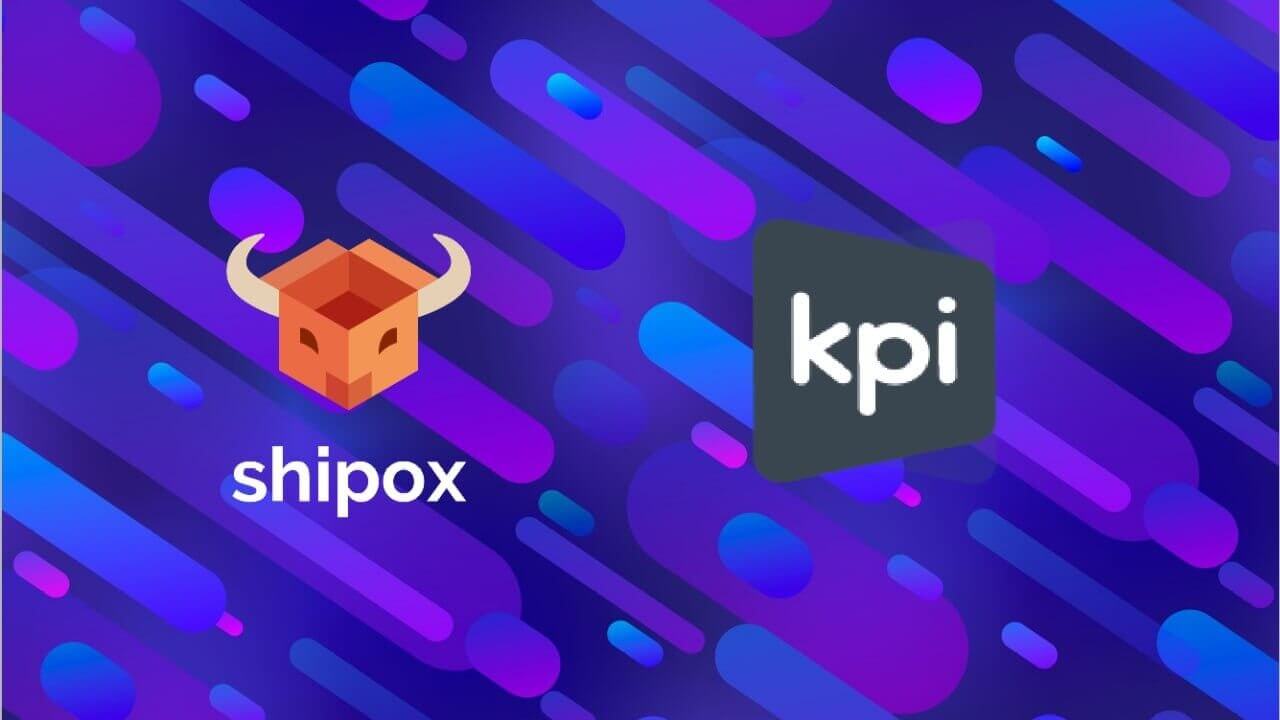
Integrate KPI with Shipox. What is the delivery management?
Shipox and KPI.com are a great combination in running businesses easier. Just in a short period, we will relate to you how these two platforms can be universal in various joint tasks.
Integrate your accounting with delivery management, combining the functionality of KPI and Shipox when delivering orders to the clients KPI integration can instantly send an invoice and register transaction in your Accounts module. Moreover, delivery management can be super easy when you have all your clients in one place. With the help of integration CRM module of KPI with Shipox, this process will be super easy and cosy.
As long as you will be involved in delivery management, you will face the need to run your payroll of drivers. Integration with KPI will grant you to calculate and pay your drivers according to the number of deliveries they made. KPI and Shipox will provide with the best duo that combines these both in a perfect manner. Through approving the status of your order being delivered to the customer in Shipox, you can be bewildered by documentation side that follows.
Now, let’s discuss what delivery management is and how it works.
Delivery management is the function of utilizing processes to assure goods are effectively transferred from one location to the next.
Sometimes called dispatch or line management, it answers the question, “How do we obtain this item from point A to point B?”. As consumer expectations proceed to grow, this use has never been in greater demand.
Note: “Delivery management” is also often utilized to indicate a general project management use that concentrates on developing projects and controlling other business processes.
Who is in charge of delivery management?
The person in charge of deliveries is known as a delivery, logistics or dispatch manager. Delivery supervisors are often tasked with managing local delivery and driver services. In smaller firms, they are often the middle point of contact between warehouses and those making deliveries. In more robust procedures where orders are programmatically processed, delivery managers tend to concentrate on problem points like delayed orders.
Improving delivery management
Whether you’re a small firm just getting started or a multi-national juggernaut, delivery management is all about process growth. Delivery operations are continually striving to drive down costs by completing more shipments with fewer resources (working hours, vehicles, fuel) while still maintaining a high level of customer service. Delivery managers continually leverage various tools and strategies for enhancing their metrics and scaling up their operations.
Route optimization: Instead of routing every task by hand, route optimization algorithms as in Shipox can be utilized to create more effective routes in less time. High-level optimization software can factor in constraints like delivery windows, vehicle capacity, driver agendas and even traffic patterns to suggest the optimal way for drivers. Route optimization can also generate predicted arrival times that can be applied for internal and customer communication goals.
Automated dispatch: Operating an on-demand delivery business at scale demands automating the dispatching method to some level. Unlike recorded deliveries, which can leverage forward-looking plan optimization, on-demand enterprises need to be able to deliver on the fly as new orders come in. Instead of seeking to dispute with a flow of incoming orders, companies use automated dispatching to programmatically allocate orders to nearby drivers who can realistically perform the order within the allotted time frame. Automating dispatch frees up a delivery manager’s valuable time to focus on managing exceptions and assuring customers are satisfied.
Vehicle tracking: Is a driver on his way to their next delivery or unintentionally heading on the contrary direction? Are they stuck in traffic? Realtime clarity into vehicle positions can help dispatchers know when a driver may be off course, preserving precious resources and avoiding costly delays. Customer support teams also leverage vehicle tracking to notify customers when their delivery will likely be completed. Shipox uses vehicle tracking technology for the industry. In contrast, the company uses the same data to provide their consumers with a great experience as they wait for their delivery.
Proof of delivery: For some services, this means obtaining a consumer sign to prove receipt of a package. For others, it may mean taking a photo of where a parcel was left so that it can be shared with the consumer later. Advanced delivery services will also leverage barcode scanning to ensure the right box (and only the right package) is delivered to a given place. This chain of custody is especially crucial for pharmaceuticals and other similar deliveries.
Reducing liability costs: By following the metrics of your fleet and the behaviour of your drivers, businesses are often able to decrease insurance costs by implementing their financiers with access to this information.
Team and customer communication: In an unreal world, your drivers and dispatchers may never need to interact through text or voice. The dispatchers and duties would assign tasks would be completed by the drivers. However, it is vital to aid easy communication between team members. If a driver is having difficulty finding a dropoff location or reaching a customer, their first request is regularly to their dispatcher for guidance. This guidance is one of the critical elements of delivery management. With realtime chat, these conversations are not only streamlined but enhanced by the added context of the driver’s location and the features of their current delivery.
SHIPOX is a single and brand new way to Deliver sets from UAE to destinations around the world. SHIPOX gives customers a secure and convenient way to pick up and deliver parcels, documents, checks and containers of any size across the globe.
Combine your Shipox with KPI.com to ease your job!